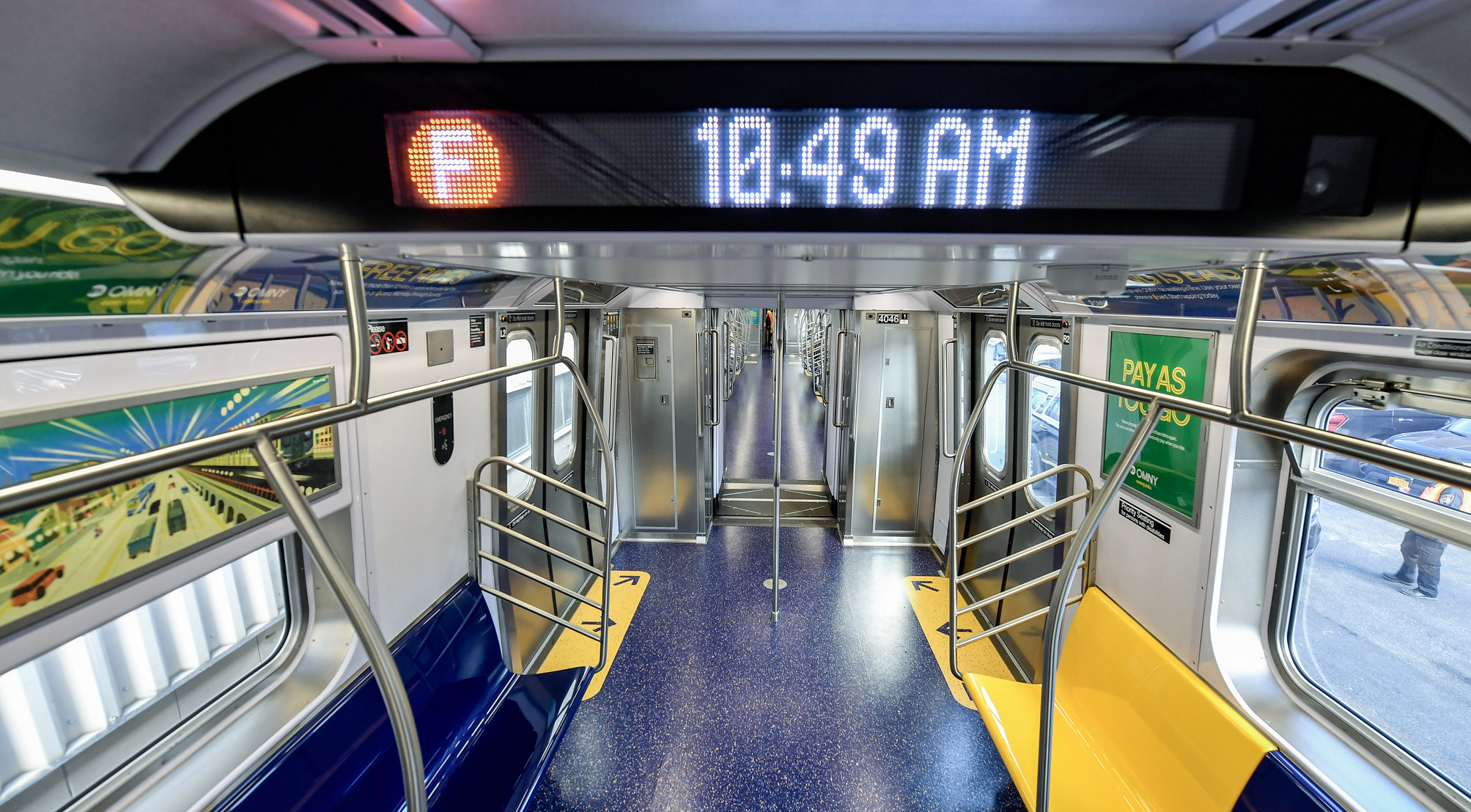The city's traffic enforcement cameras cannot rein in scofflaw drivers with temporary license plates because the Department of Transportation can't access a key national database — and that situation is not likely to change even as the agency seeks a new contractor.
DOT's network of cameras — the nation's largest — can read temporary plates but can't penalize the drivers because camera contractor, Verra Mobility, lacks access to a database run by Arizona-based company Nlets, which only gives out that info to law enforcement agencies, said DOT's Chief Communications Officer and Deputy Commissioner Nick Benson.
Two years ago, DOT reps told Streetsblog the agency was "exploring solutions" for their cameras to indeed hold accountable scofflaws with real temporary tags — meaning people who bought a car at a dealership that issued a legit temp that is linked to that driver's actual address.
But when DOT announced a request for proposals for a new automated camera contractor, neither its press release nor the 790-page RFP itself [PDF] included a demand to be able to trace temporary tags.
The RFP does, however, continue the practice of allowing a contractor to disregard photos of illegible, covered or defaced, which can't be read, as well as temporary plates that can.
Nearby states like New Jersey issue hundreds of thousands of temp tags a year, thought it's unclear how many of those are legit, and Streetsblog has extensively documented sham dealers fraudulently printing tens of thousands of paper plates.
Many temp tags are fake, also known as "ghost tags," which are impossible to trace because they don't lead to a record of a driver.
But legitimate temporary tags can be traced ... if an agency has access to the Nlets database. The Metropolitan Transportation Authority and the Port Authority, for example, have access to the database and are therefore able to nab bona fide paper plates because both agencies have police divisions.
It's unclear why the NYPD could not get temp tag information from Nlets and pass it onto its sister agency.
Nlets, short for National Law Enforcement Telecommunications System, bills itself as the "premiere interstate justice and public safety network," and has representatives from all 50 states, including the New York State Police.
Nlets did not immediately respond for comment.
Earlier this year, a scathing report by city Comptroller Brad Lander revealed that Verra was tossing more than 40 percent of pictures of drivers, in large part because motorists obstructed their plates.
DOT is also unable to access videos or photos to check if Verra properly rejected events caught on the cameras, but the new contractor will have to give the city access to audit them "for the purpose of detecting and preventing errors in Respondent notification and observed image processing," according to the RFP.






